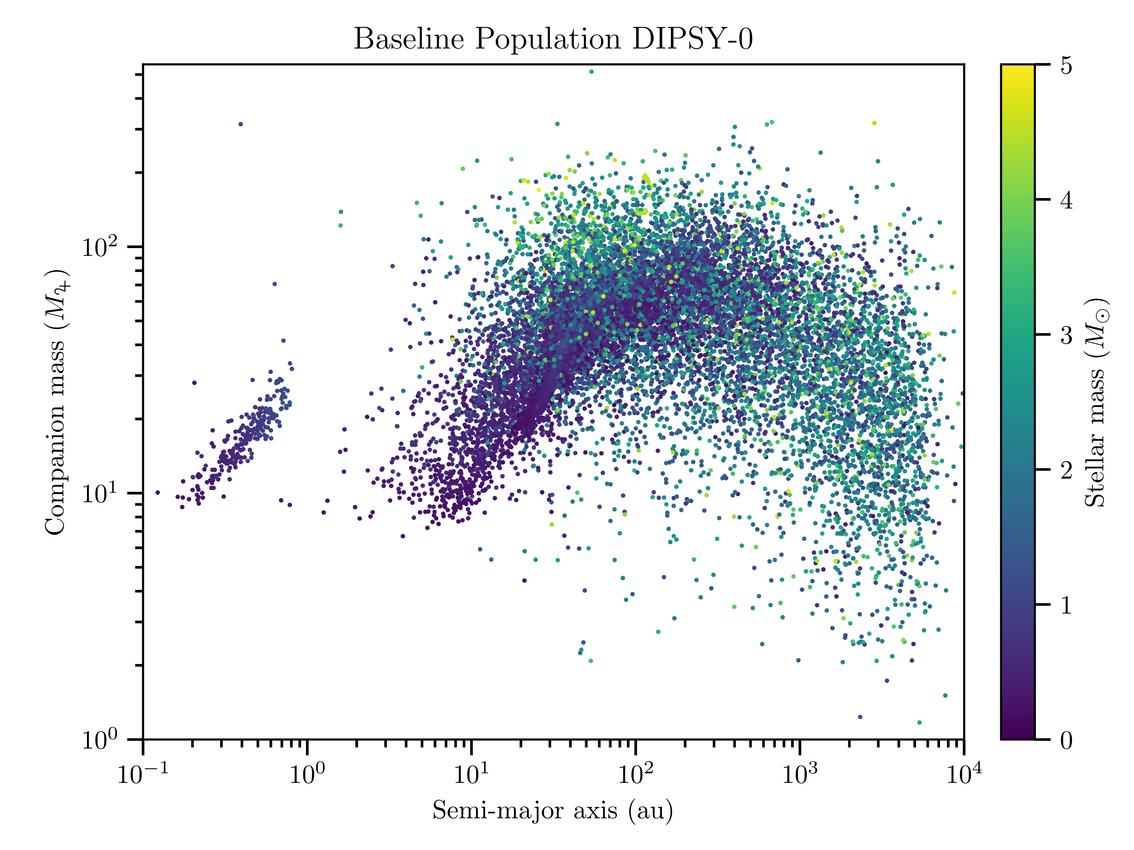DIPSY: A New Disc Instability Population Synthesis
- 1University of Bern, Physics Institute, Space Research and Planetary Sciences, Bern, Switzerland (oliver.schib@space.unibe.ch)
- 2Department of Astrophysics, University of Zurich
Disc instability remains the leading formation pathway for some of the observed giant planets. In particular, this model can more naturally explain giant planets at large separation, giant planets around M stars, and very young giant planets. However, there are still many open questions regarding this formation mechanism, and the expected population of planets is currently unknown.
We present the results of a new disc instability population synthesis (DIPSY) that addresses many of these questions and makes predictions about the expected population of planets that can be tested observationally.
Our model describes the formation of a star-and-disc system and its evolution until the disappearance of the disc and beyond. It includes a large number of physical effects: gravitational interaction between forming companions, self-consistent gas-accretion, migration and many more.
We find that, while fragmentation (the formation of bound clumps of gas in the disc, a necessary condition for planet formation in the disc instability model) may only happen in a minority of systems, it typically leads to the formation of at least one companion when it does.
The inferred population of companions spans a large range of masses, from the planetary to the stellar regime.
We present and discuss this population, as well as the influence of a number of assumptions.
The figure shows the result of the baseline run: the mass-distance diagram for 100’000 systems after 100 Myr. The final host star mass is given as colour code.

The results of the population synthesis will provide hints both for the theoretical study of planet formation (e.g. hydrodynamic simulations) and future observational surveys of companions.
DIPSY contributes to our understanding of planet formation irrespective of the formation model.
How to cite: Schib, O., Mordasini, C., Helled, R., and Emsenhuber, A.: DIPSY: A New Disc Instability Population Synthesis, Europlanet Science Congress 2024, Berlin, Germany, 8–13 Sep 2024, EPSC2024-901, https://doi.org/10.5194/epsc2024-901, 2024.